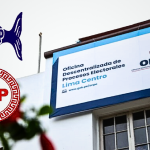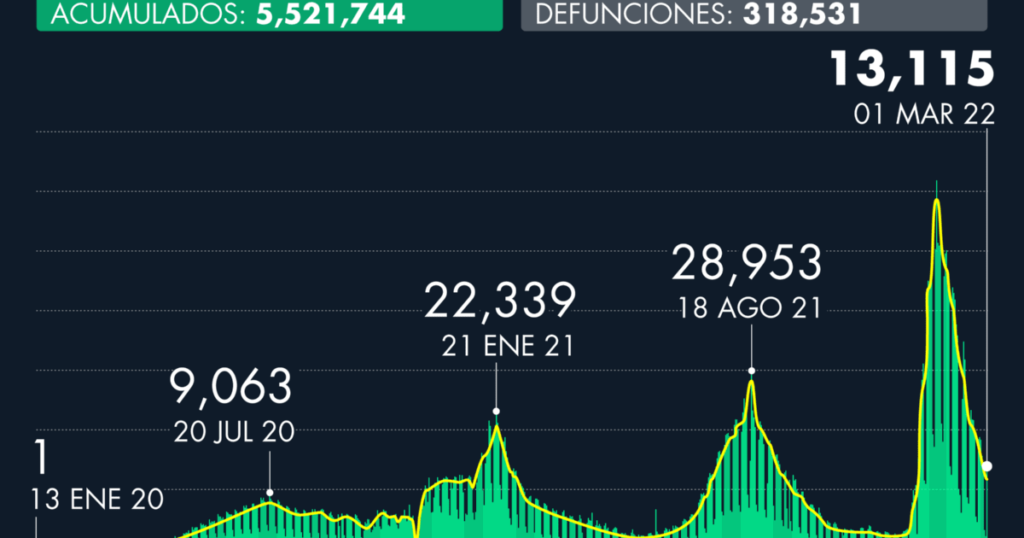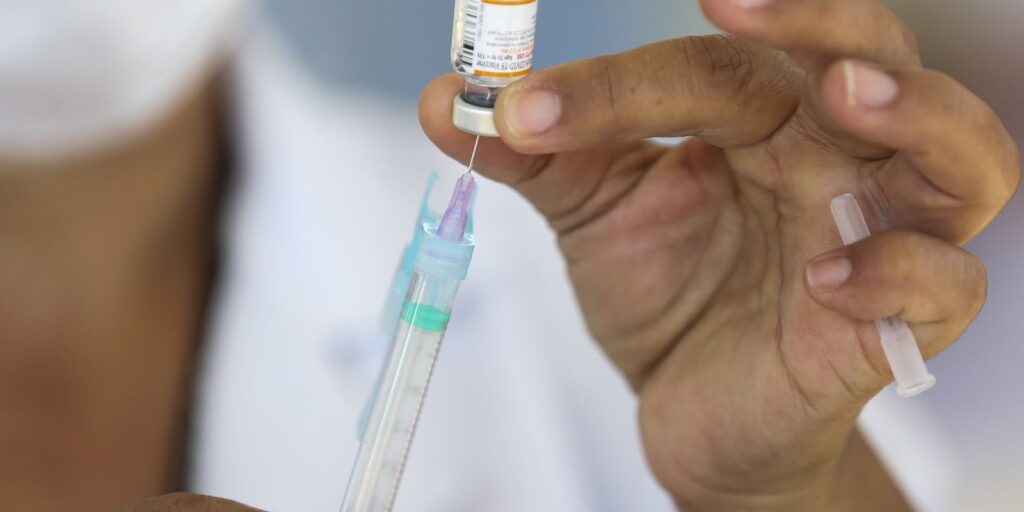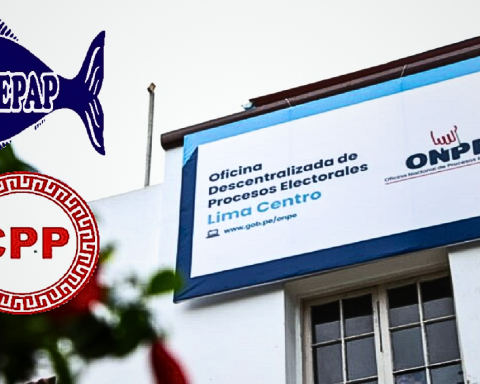The reactivation scenario that left the economy in 2021, after the GDP grew 10.6%, set the guidelines for a 2022 with positive figures. But while last year’s growth was the highest since comparable records are available, the question remains of ‘how much more can the economy grow?’
(Read: Why is it more difficult for women to get out of unemployment?).
Several experts tried to answer this question during an event organized by the economic studies center Anif, together with Fedesarrollo, in which they reviewed what elements represent additional pressures for growth this year, such as employment, inflation, the fiscal situation, and even the current crisis arising from the conflict between Ukraine and Russia.
In the case of Fedesarrollo, the growth perspective for this year is at 4.6%but according to the entity’s executive director, Luis Fernando Mejía, the country’s growth could be affected by the growth of the region, which has shown less dynamism than the country, as well as the performance of its trading partners.
According to Mejía, the global situation has led to oil on a rising trendwhich works as “a mini oil bonanza, and therefore a small fiscal bonanza”.
However, he warned that the fiscal risk in Colombia is still negligible, “important things have been done, but investors continue to see that something more must be done in the fiscal panorama. This has led to currency depreciations, and not only the country risk has been hit, but also the exchange rate,” Mejía assured.
The president of Anif, Mauricio Santamaría, also referred to this aspect, and recalled that the country’s fiscal outlook had been deteriorating even before the pandemic.
(What’s more: Industrial PMI fell to an eight-month low).
“We see a huge increase in debt, the deficit had good news last year, but a deficit of 7% is not sustainable, much less in a scenario where it is not clear where the income will come from to maintain public finances , especially with the level of spending that we have today“, he points out.
THE LABOR MARKET
One of the main moles you have faced the reactivation of the economyand that continues to be one of the points on which the government and the private sector must work is employment.
“Employment lags behind production. The economy in December was 6.5 points above its pre-pandemic behavior, but on the other hand there are the busy, the number is slightly lower than it was in December 2019, and that worries us“, said.
Santamaría reiterated that, although the unemployment rate has decreased, it does not reach pre-pandemic levels, this, in addition, has affected the income of the most vulnerablewho face the greatest increase in unemployment and have taken longer to recover, said Santamaría.
(Read: Five facts that will mark the Colombian economy in March).
In this regard, Mejía mentioned how the global participation rate, the employment rate and the number of employed persons continue to be below pre-pandemic levels. “At the end of 2021, employment failed to recover compared to 2019. For 2022, the performance of the labor market is expected to improve slowly“, said.
The 2021 balance revealed that 1.2 million jobs need to be recovered compared to 2019, Mejía said.
INFLATION
The biggest headache for the global and national economy is the price increase. In January the country registered an inflation of 6.94%, exceeding market forecasts. Mejía recalled that food registered a historical inflation in 20 years (19.94%), and it is expected that prices will continue to increase in the first quarter.
“Inflation expectations for 2022 remain high. The results of the Financial Opinion Survey for February show an expected inflation of 5.1% and a monetary policy rate of 6.0% for the end of the year”, said the director of Fedesarrollo.
Faced with this element, Santamaría also said that given that a good part of inflation is related to food, and that the poor and vulnerable spend 24% of their income on food, “it does not take a genius to see that this inflation will hit more strong to lower-income households”.
(Read: Mobile phones and services represented 5% of global GDP).
Santamaría highlighted how the monetary policy decisions They are key right now. “Asking the Bank to worry about other issues today is incomprehensible,” he assured. The president of Anif reiterated that “there is room to raise rates”, and that it continues in “a fairly expansive terrain”, so his expectation is that the interest rate reaches a level between 6.25% and 6.5%.
Mejía, for his part, considered that the Issuer’s intervention rate could reach 6%.
Laura Lucia Becerra Elejalde
Twitter: @LauraB_Elejalde

















